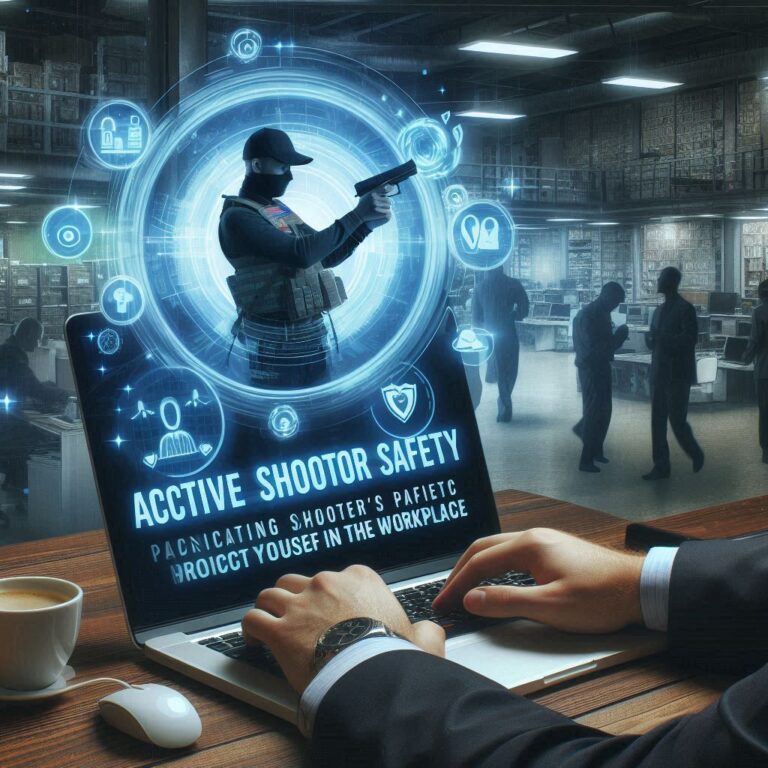The occurrence of active shooter incidents in the workplace has become a growing concern for individuals and organizations alike throughout the recent years. The devastating effects of such events can shatter lives and leave lasting trauma on entire communities. At Chuck Harder & Associates, we are committed to providing effective safety training and strategies to protect employees and employers from this terrifying reality.
Our goal is to shed light on the nature of active shooter incidents, identify potential warning signs, and offer practical advice on how to respond effectively and minimize the potential harm.
Recognizing Warning Signs and Risk Factors
In order to effectively mitigate the risk of an active shooter incident, it is essential to be aware of potential warning signs and risk factors. While there is no foolproof method to predict when a person might become violent, certain behavioral patterns and signals may indicate an increased likelihood. These can include threats or acts of aggression, erratic behavior, a fascination with weapons, or a history of violence. It is crucial for employees and employers alike to maintain open communication channels and promote a culture of reporting any concerning behavior.
By doing so, organizations can better identify and address potential threats, thus minimizing the risk of an active shooter situation. Additionally, creating an emergency action plan that outlines procedures and responsibilities in case of an incident is vital to ensuring a coordinated response and potentially saving lives.
Preparing for and Responding to an Active Shooter Incident
Being prepared is crucial in the face of an active shooter incident. Employers must develop and implement comprehensive emergency action plans that include active shooter response protocols. These plans should be communicated clearly to all employees and practiced regularly through drills and training sessions. In the event of an active shooter, the “Run, Hide, Fight” principle is widely recommended.
Employees should first attempt to evacuate the premises if it is safe to do so. If evacuation is not an option, finding a secure hiding place is the next best course of action. As a last resort, fighting back against the attacker may become necessary. Remember, swift and informed decision-making during an active shooter situation can make all the difference in ensuring the safety of everyone involved.
Recovery and Post-Incident Support
The aftermath of an active shooter incident can be emotionally overwhelming for everyone involved. Employers play a crucial role in providing support and resources to help employees recover and heal. This may include offering counseling services, debriefing sessions, and implementing flexible work arrangements for those affected.
Furthermore, conducting a thorough review of the incident, evaluating the effectiveness of the response, and identifying areas for improvement can help strengthen future emergency action plans. By fostering a compassionate and proactive approach to recovery, employers can create a resilient and supportive environment that promotes healing and helps restore a sense of security in the workplace.




